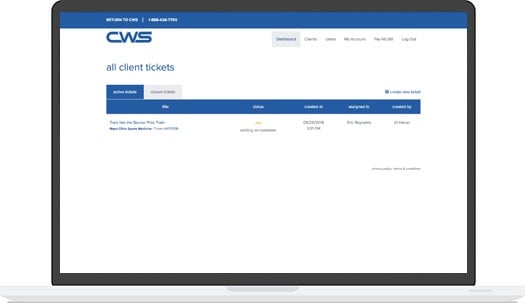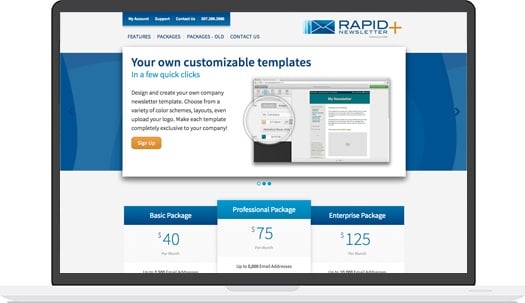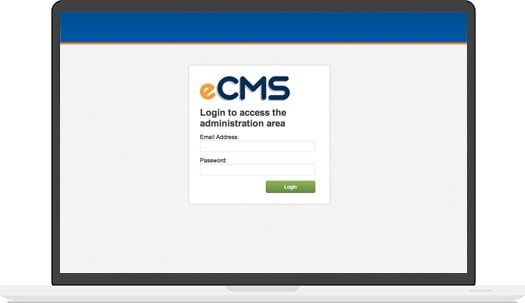Marketers who still treat mobile as a novel use case or think they can afford to consider mobile “later” are missing the boat. Nothing could be further from the truth. The device and Internet landscape have forever changed.
TIME SPENT ON THE INTERNET ACCESSED VIA MOBILE DEVICES IS NEARLY 40% (according to ComScor 2/2013)...And that number will only rise.
It is now more important than ever for businesses to build web environments that cater to mobile users and home users alike.
Mobile Website Options
Here’s what makes it interesting; there are different choices when creating your mobile web environment.
Responsive Web Design is an option that has turned the tables on how people view websites. Literally. To put it in simple terms, Responsive Web Design adapts to the device your visitor is using at that time and falls into two main categories:
True Responsive Web Design & Break-Point Web Design
True Responsive Website Design adapts to your mobile device by restructuring and resizing the layout, images, and content to fit within the dimensions of the particular device. This is a great option if you are doing a completely new web redesign.
Break-Point Website Design uses a set of predetermined dimensions to trigger a layout change and content resizing to fit well on give devices. A web developer may choose this option when taking an existing site and making it mobile.
Responsive Web Environment: Pros and Cons
While a website may be more clear and coherent when built in one of these Responsive Web Design options, it may take longer to load, because the layout is designed for the smallest screen size (smart phones & tablets) but the images and video need to be optimized for the largest screen size. One way to improve load time is to establish the maximum screen size you want to support.
A fantastic advantage to building your site in Responsive Web Design is the ability to update content once and it automatically updates it for the mobile, tablet, and desktop sites at the same time.
An Alternative to True Responsive or Break-Point Web Design
An alternative to Responsive Web Design is to build a Dedicated Mobile Environment. When mobile users visit your website via a mobile device they are routed to this environment. A Dedicated Mobile Environment focuses on the few tasks your mobile user is most interested in. It’s not your full site. A good example would be a means to pay bills, view contact information, get directions, or learn quick information about the company.
Dedicated Mobile Environment: Pros and Cons
A Dedicated Mobile Environment not only heightens the visitor’s mobile experience, but also has a much faster load time on mobile devices. A disadvantage to this environment is that when updating your website; you will have to update your mobile environment separately.
What Should You Choose?
Which option is right for your business? It depends on what you want to achieve. If you need to present content, information, and frequent updates to your mobile users, then a Responsive Web Design is the better choice. If the purpose of your website is to drive visitors to perform a specific action; like purchase a ticket, then a Dedicated Mobile Environment might be best.
Your web development company can help you through this decision by assessing your situation and determining how your customer base uses your current web environment. What’s most important is to recognize the immense importance of the growing mobile market and creating an environment suited to their needs.
Which of the choices do you think is the best for your business?
Comment in the area below and let us know what you think!

.jpg?t=1533315998368) How-To Articles
How-To Articles Support Portal
Support Portal Webmail
Webmail Rapid Newsletter+
Rapid Newsletter+ eCMS
eCMS



 Our content team is made up of thought leaders, strategists, and content creators who have more than 70 years of combined experience. With a wide variety of backgrounds as entrepreneurs, marketing gurus, healthcare associates, as well as plenty of experience in other industries, we help grow businesses with our relevant, trusted, and helpful resources.
Our content team is made up of thought leaders, strategists, and content creators who have more than 70 years of combined experience. With a wide variety of backgrounds as entrepreneurs, marketing gurus, healthcare associates, as well as plenty of experience in other industries, we help grow businesses with our relevant, trusted, and helpful resources.
